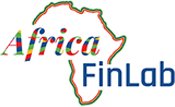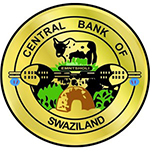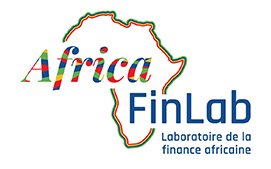Eswatini's growth rebounded to 6.1 percent in 2021, after a contraction of 1.9 percent in 2020. Monetary policy was accommodative and inflation averaged 3.8 percent in 2020 and 2021. The current account surplus fell to about 0.8 percent of GDP in 2021 from 6.7 percent in 2020. Foreign exchange reserves recovered to 3.6 months of import cover in 2021 from 3.2 months in 2020, boosted by the SDR allocation of US$107 million. The local currency, pegged at parity to the rand, stabilized in early 2022 after a sharp depreciation in late 2021.(Download detailed Analysis Source : Report African Economic Outlook 2022 ; AfDB)
In June 2017, the banking sector of Swaziland represented a total asset of $1.6 billion.
Credit distributed to businesses represents $0.43 billion and, more broadly, credit to private sector totaling $0.95 billion.
Swaziland Stock Exchange has 7 listed companies, representing, at the end of 2017, a market capitalization of $0.18 billion.



